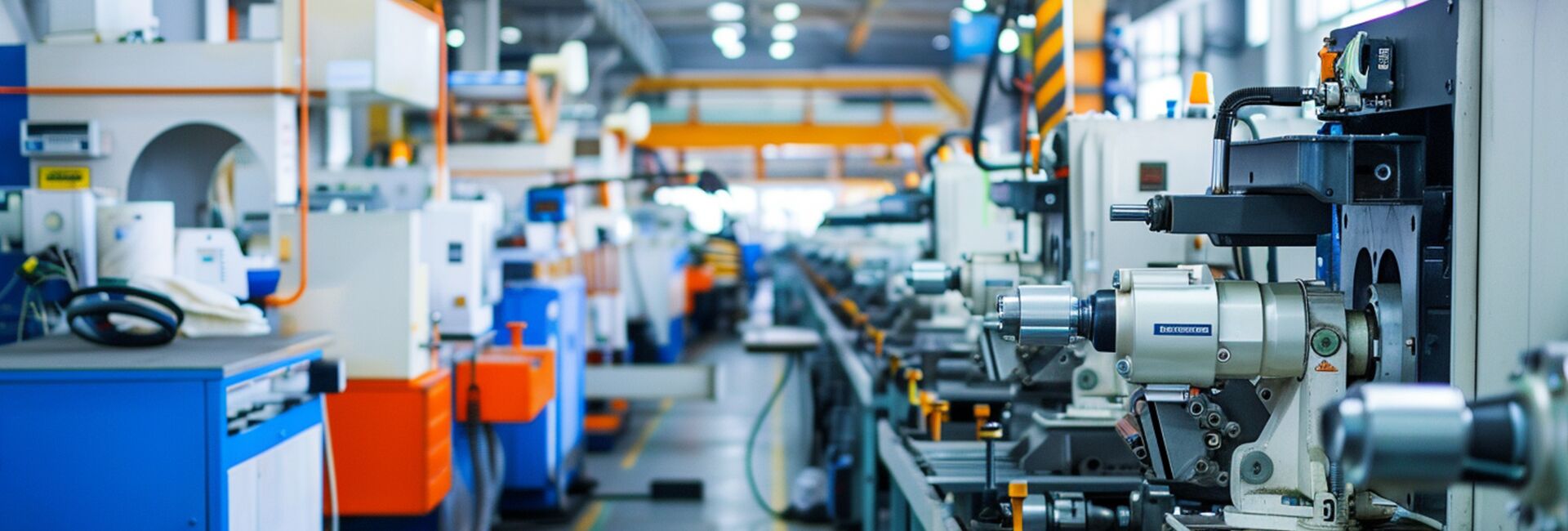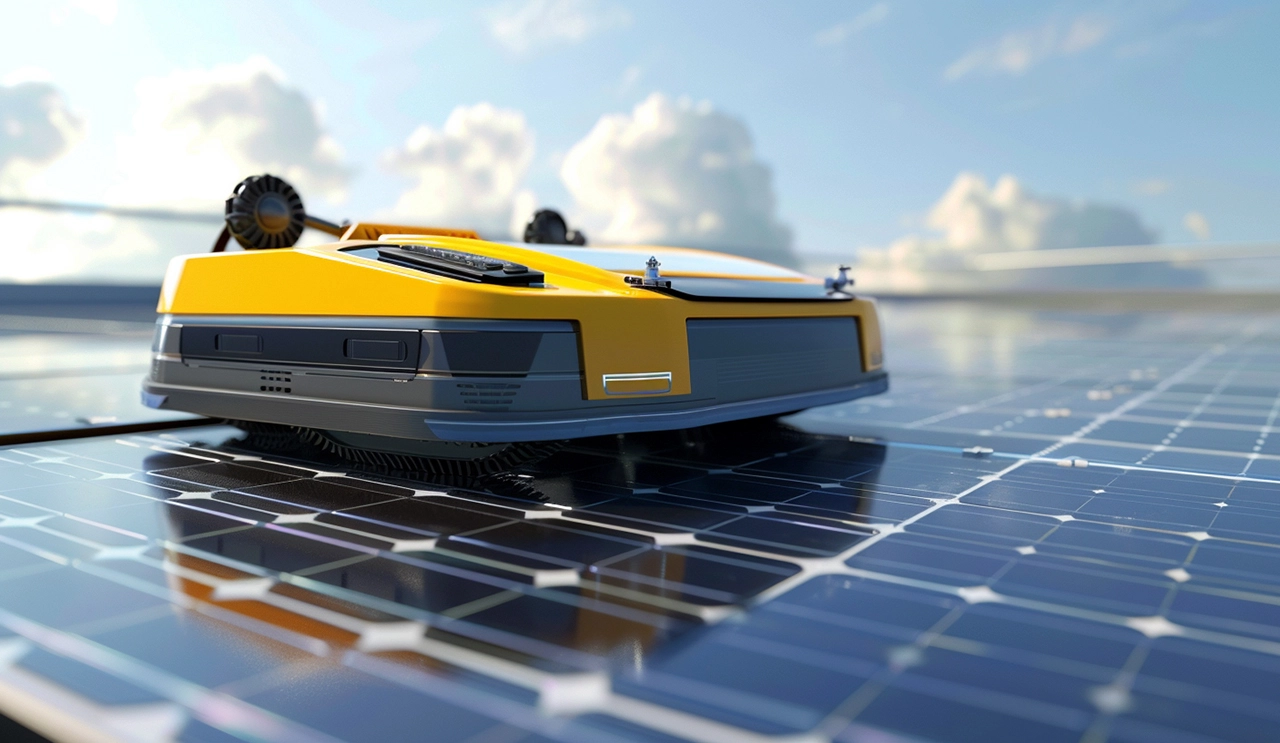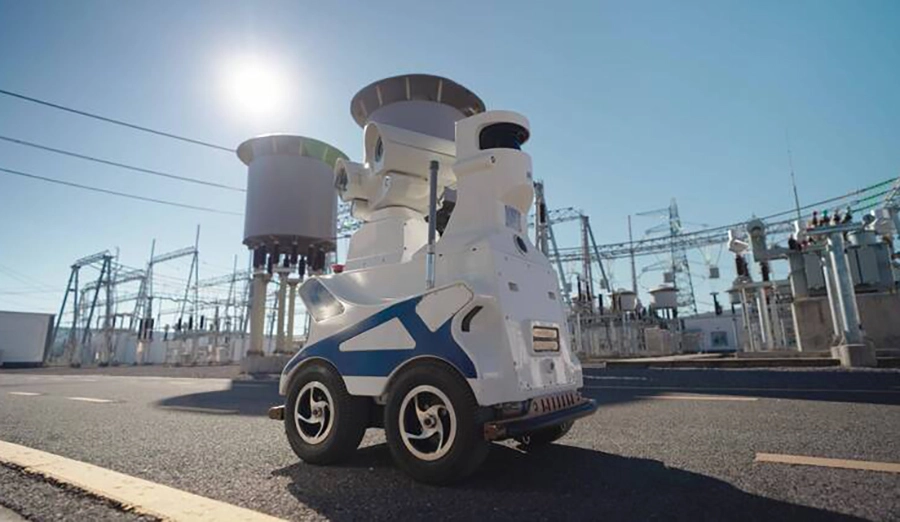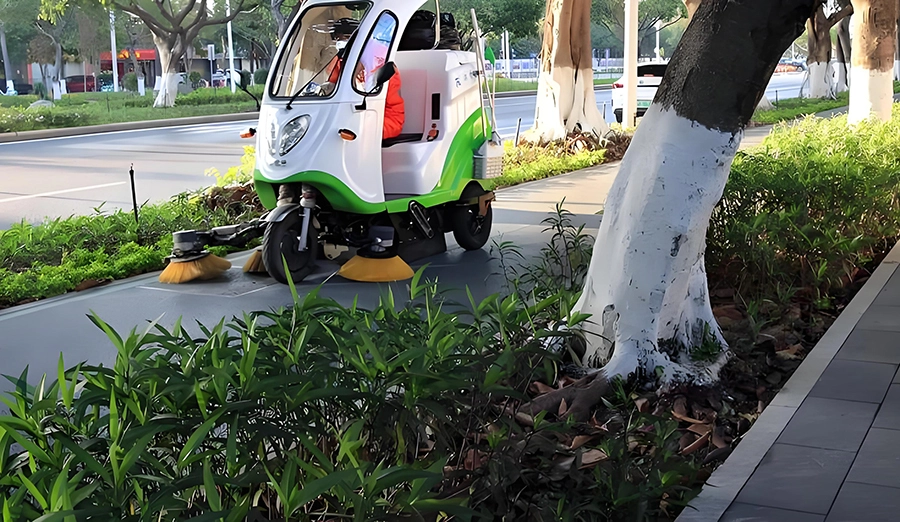
WIRELESS CHARGING IN THE NEWS
In the efficient inspection scenario, the wireless charging scheme used by the hanging rail inspection robot is becoming a key breakthrough in the intelligent upgrade of industrial facilities. By eliminating physical contact and realizing dynamic replenishment, the technology solves the energy supply problem in high-altitude, long-distance and continuous operation scenarios. The following three dimensions are analyzed from system architecture design, scenario adaptation, and operation and maintenance optimization.
First, dynamic coupling system architecture
The two-degree-of-freedom magnetic coupling system breaks through the limitation of traditional static charging, and the transmitting coil on the orbit side forms an Angle tolerance of ±15° with the receiving end of the robot. The rail robot deployed in China UHV converter station can still maintain 85% transmission efficiency at a moving speed of 35km/h, and core technological innovations include:
Segment Litz coil array: 3kW transmitter modules are placed every 50 meters along the track and are only 28mm thick
Adaptive impedance matching: real-time parameter adjustment system based on FPGA, response speed ≤5ms
Composite shielding structure: Al-Si alloy magnetic shielding layer + nanocrystalline electromagnetic shielding film, magnetic leakage control < 0.3μT
The National Grid ±1100kV UHV station application case shows that the average daily inspection mileage of the robot has increased from 18km to 45km, and the charging downtime has been reduced by 82%.
Second, harsh environment adaptability design
1. High temperature scenario: the high temperature resistant system (40 ° C ~200 ° C) in the cracking unit area of the petrochemical plant uses aluminum nitride ceramic encapsulation coil to work continuously for 1000 hours without attenuation under the thermal radiation environment of 380 ° C
2. Explosion-proof scenario: CNOOC LNG storage tank area intrinsically safe design, charging power is limited to 1.2kW, through ATEX/IECEx double certification
3. Corrosion scenario: 316L stainless steel protective shell +PTFE coating of coastal substation, impedance fluctuation < 5% after 2000 hours of salt spray test
Third, smart energy management innovation
Energy density optimization: The robot battery capacity is reduced from 15kg/8kWh to 5kg/3kWh, which is lightweight through the "mobile and charge" mode. In the inspection system of Shanghai Baosteel's raw material warehouse, after the robot quality is reduced by 42%, the cost of track support is reduced by 250,000 yuan/km.
Hybrid power supply system: The rail robot in the turbine gallery of the Three Gorges Power Station integrates the supercapacitor and wireless power supply, and the peak power support capacity under sudden conditions is increased by 3 times. System configuration:
Constant power supply: 1.5kW wireless transmission
Emergency power supply: 30kW supercapacitor group
Energy saving mode: The infrared sensor triggers the power supply, and the standby power consumption is reduced to 5W
Digital twin scheduling: Sinopec Yanshan Base established a collaborative charging inspection model, and scheduled the robot to the high energy efficiency charging section 30 minutes in advance through the energy consumption prediction algorithm, reducing the overall energy consumption of the system by 18%.
Fourth, economic efficiency and security improvement
1. Life cycle cost: Operation and maintenance data of 500kV substation of China Southern Power Grid show that the wireless charging system reduces the total cost of a single robot by 430,000 yuan in eight years (mainly saving battery replacement and contactor maintenance costs).
2. Safety enhancement: The anti-arc design makes the spark risk in the charging process zero, and the electrical fire accident decreases by 100% after the application of National Energy Group
3. Space release: The cancellation of traditional charging piles reduces the safety distance on both sides of the track from 1.2m to 0.6m, and the site utilization rate is increased by 28%
With the integration of third-generation semiconductor materials and dynamic wireless power supply technology, the new generation system has broken through the goal of 95% forward transmission efficiency and 100km/h mobile charging. The measured data of the China Institute of Electrical Science and Technology show that the power density of the 200kHz system with integrated GaN devices has reached 12kW/m² at 50mm air gap. This innovation not only reconstructs the operation mode of industrial inspection, but also promotes the transition of facility inspection from "regular spot inspection" to "all-weather protection" through the qualitative change of energy supply mode.







